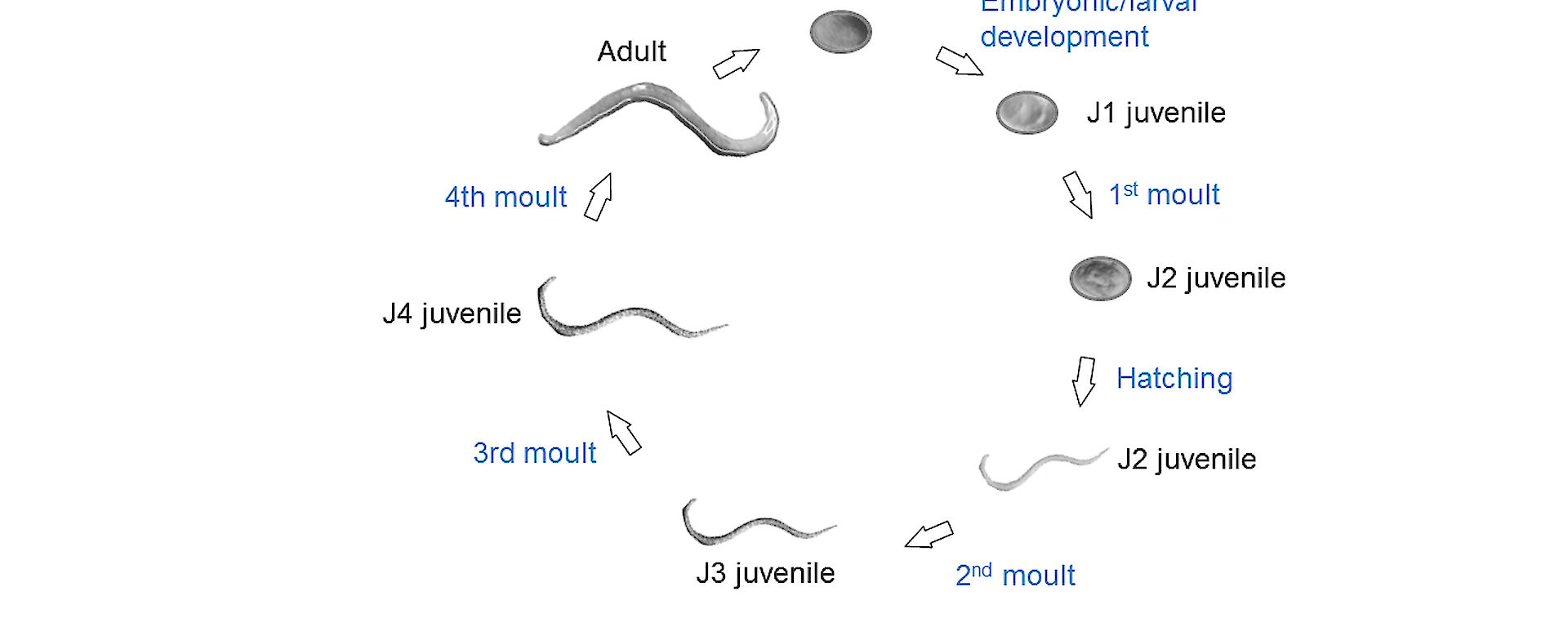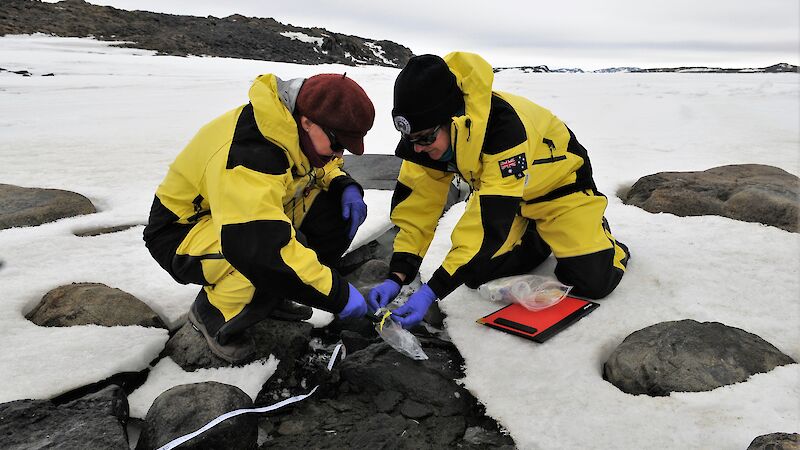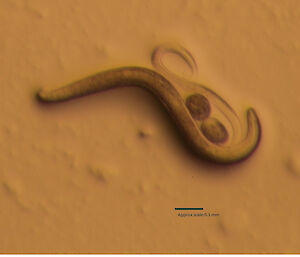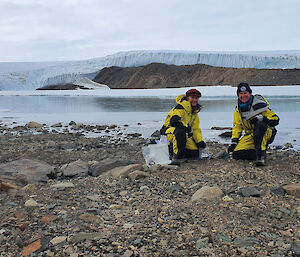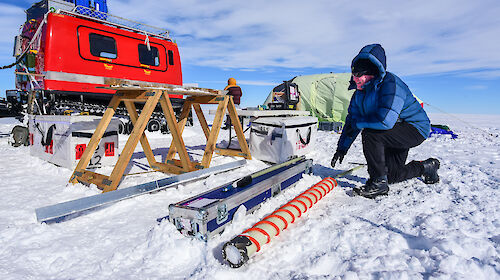Thousands of microscopic Antarctic worms have been grown in the laboratory by Australian Antarctic Division scientists working to clean up soil contaminated by metals and fuels.
The cultured nematodes, Plectus murrayi, have been used in toxicity tests to identify the levels at which copper — a common metal contaminant in Antarctica — becomes toxic.
The newly published research, led by Dr Kathryn Brown and Dr Catherine King, provides a culturing technique to produce organisms for year-round testing, and is the first routine toxicity test developed for an Antarctic terrestrial microinvertebrate.
“Methods developed in this paper will be used to assess the risk to terrestrial organisms living in contaminated sites in Antarctica, and to determine whether remediated soil is suitable for reuse,” Dr King said.
“More broadly, contaminant sensitivity estimates for Plectus murrayi will ultimately be used alongside estimates for a range of Antarctic species and soil processes, to derive Antarctic specific Environmental Quality Guidelines and Remediation Targets.
“These guidelines and targets will allow Australia to prioritise which contaminated sites should be remediated and to determine how clean is clean enough.”
Dr Brown cultured the tiny (less than 1 millimetre) nematodes on agar plates at 15°C, using bacteria as a food source.
To assess the sensitivity of the nematodes to copper, different life stages (eggs, juveniles and adults) were exposed to different concentrations of the metal in solution for 28 days.
Sensitivity of nematodes increased through time, with the second juvenile stage the most reliably sensitive stage tested.
“This research provides the first robust test with an indigenous and very common Antarctic microinvertebrate that can be cultured in the laboratory to obtain the high numbers needed for toxicity tests,” Dr Brown said.
“This species is sensitive to contamination and highly suitable for the long duration tests that are required under Antarctic conditions.”
The research is a featured article in the February 2020 issue of Environmental Toxicology and Chemistry.

